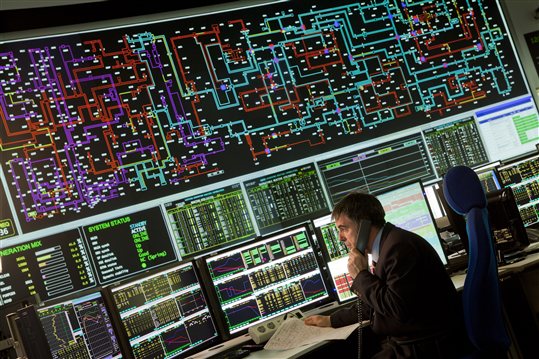Three National Grid-led projects developing electricity transmission and distribution network innovations will continue their work after securing £1.3 million for the next stage of Ofgem’s Strategic Innovation Fund (SIF) programme.
National Grid Electricity Transmission (NGET) has been awarded £875,000 for two projects intended to develop a secure, Net Zero-achieving network. The projects include development of a long-term strategy to remove the insulating gas sulphur hexafluoride, SF6 from the network, plus an initiative to introduce a new way to assess the resilience of Britain’s entire power system.
National Grid Electricity Distribution (NGED) receives £499,874 for a project in partnership with regional government, in the form of the West Midlands Combined Authority and Advanced Infrastructure to investigate integrating datasets from a variety of sources on a single digital platform. The project’s goal is to support local decision-making on regional energy planning for Net Zero.
Both NGET and NGED will be collaborating with National Grid’s electricity system operator (ESO) on a separate SIF-funded Powering Wales Renewably project to speed deployment of low carbon energy in the principality.
NGET will also collaborate on the Scottish and Southern Electricity Networks (SSEN)-led REACT project, while NGED is working with Wales and West Utilities (WWU) on the NextGen Electrolysis project.
The projects were originally funded as part of the scheme’s discovery phase, which focuses on feasibility and a project’s potential benefits. Now each progresses to its alpha phase, where work moves towards experimental development and testing.
The innovation projects will provide critical learnings and research to help inform the future development of a Net Zero energy system, at the same time as delivering significant benefits to consumers.
Sean Coleman, NGET’s fund manager for strategic innovations, said: “These projects are a great example of how National Grid and its partners in industry and academia are tackling some of energy’s biggest challenges with ambitious thinking.
Read more details here.




